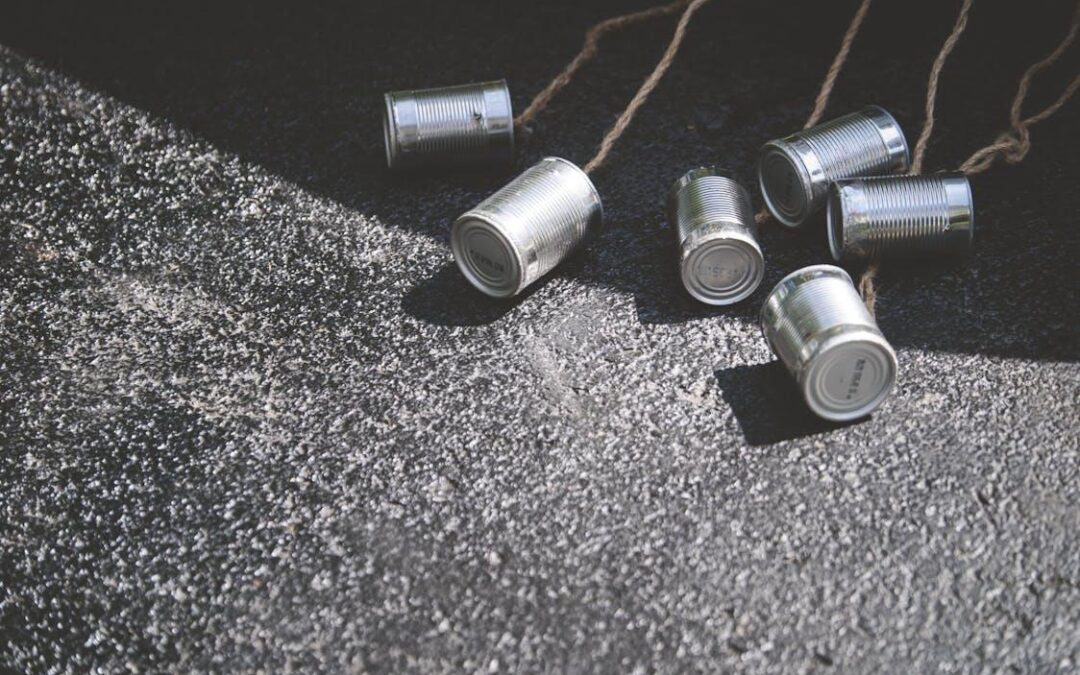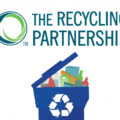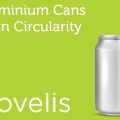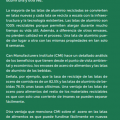In Cuba, the scarcity of products after the fall of the Soviet Union turned aluminum cans into a multifunctional resource, used to make pots, lamps, tools, and to store water or food. Since 2008, the island has managed to recycle 82% of its cans, although since the 2010s availability has decreased, driving urban collection to sell them to state-owned companies for 50 Cuban pesos per kilo (≈0.15 USD), well below the international value of aluminum.
At the regional level, Argentina leads the recycling of aluminum cans with 91.1%, consolidating itself as an example of circular economy along with Brazil, Japan, and Italy. This practice generates employment, boosts the recycling industry, and allows aluminum to be reintroduced into new production cycles, contributing to sustainable development and industrial efficiency.
Aluminum recycling not only strengthens municipal waste management programs, but also subsidizes the recycling of less profitable materials such as plastics and glass, enhancing the positive environmental impact and economic viability of cities.
Aluminum has established itself as the most recycled packaging in the world thanks to its ability to be reprocessed infinitely without losing properties, its high market value, and its environmental benefits. Recycling it reduces energy consumption by up to 95% compared to production from bauxite, avoids the emission of 9 tons of CO₂ per ton recycled, conserves natural resources, and prolongs the useful life of landfills.














